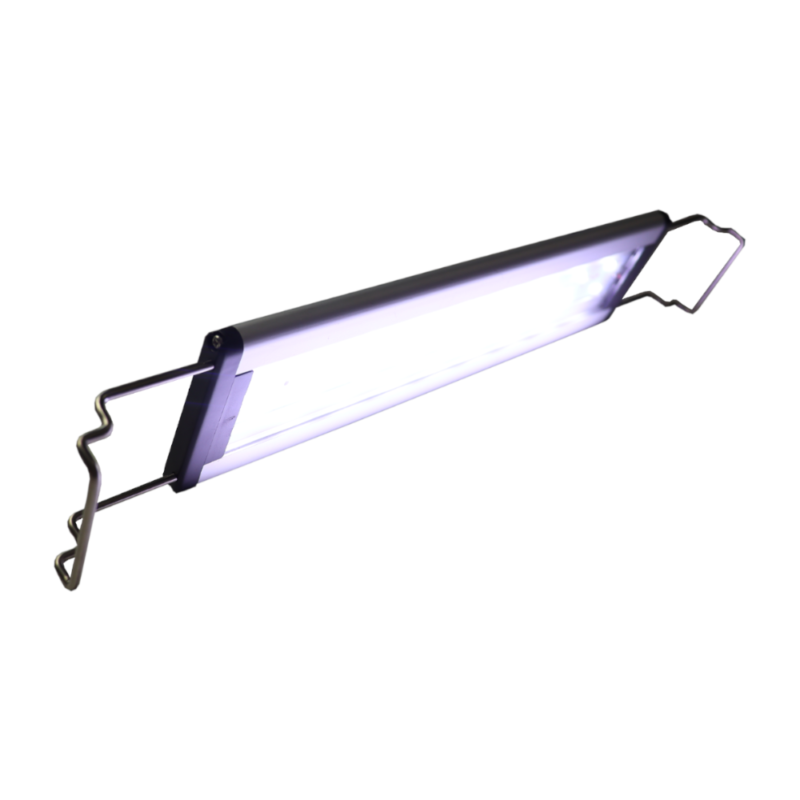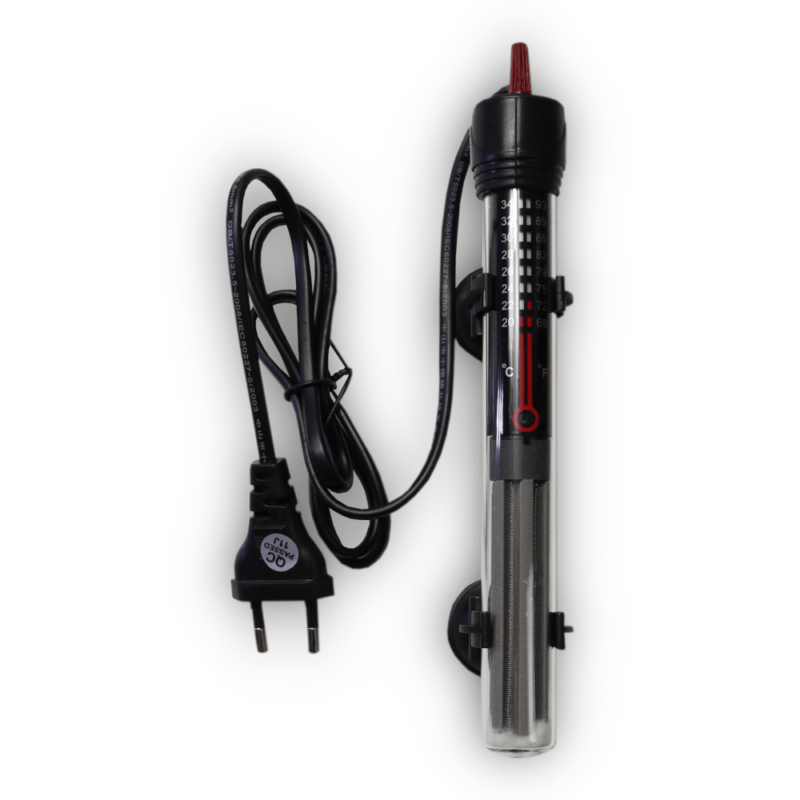Guide
How to breed Triops: Breeding Triops with our breeding guide
So you have made the decision that you want to breed Triops. You want to build up a fascinating world of prehistoric crustaceans at home. But as a newcomer you might be asking yourself: How do I breed Triops? What accessories do I need and how long will it take for my Triops to grow up? Breeding Triops is not complicated and is basically very simple. You fill water into a container, add the eggs, switch on the lighting and wait about 24 hours for the Triops eggs to hatch. Nevertheless, you have to pay attention to a few things – especially if you are a novice – otherwise the breeding will quickly turn into a disaster and mean the death of your primeval crabs. And you certainly don’t want that. How do I breed Triops? We would like to accompany you on your way and give you a tried and tested step-by-step breeding guide. Let’s get started!

Breeding Triops: How do you breed Triops and what accessories are needed?
The first days of the primeval crayfish’s life are decisive for the success of the Triops breeding. This means that you have to plan carefully in advance and find out which utensils are needed. Unfortunately, many newcomers underestimate that Triops are living creatures and not toys and that they have certain natural needs.
How do you breed Triops? You need the following basic utensils:
- Transparent container / rearing tank with a capacity of up to five litres
- Water (distilled water, still mineral water or river water, more on this topic → advice article)
- Lighting
- Heating rod
- Thermometer
- Triops eggs (egg-sand mixture).
With this you can already get started. However, if you want to proceed more professionally, you can add the following tools to make your work a little easier:
- Pipette
- Test tube
- Toothpick
- Syringe
- Sea almond leaves.
Now you have an overview of what utensils are necessary for successful breeding. Now you are probably asking yourself: How do I breed Triops? Before we get to the breeding instructions, I will explain some of the utensils for a better understanding.
How to breed Triops: 1. transparent container
Any container can be used for breeding, a plastic lunch box will also do. The container does not have to win a beauty contest, the main thing is that the Triops can hatch in it. The breeding tank should have a volume of 1 to 2 litres. If the container is too big, the tiny nauplii cannot find food in it and will not survive.
2. Lighting
If you want to breed Triops, you need an aquarium lamp. Without external lighting the eggs will not hatch. The light triggers a hatching stimulus and the eggs hatch. The sun can also be used as a light source, but direct sunlight should be avoided as the temperature differences would be too severe. Depending on the size of the tank, the aquarium lamp can also be used as a heat source. However, it is advisable to use a heating rod, as the temperature drops at night when the light is switched off and the Triops could die. Note that the light should be on for at least 12 hours a day to provide optimal lighting conditions for the primeval crabs.

Aquarium LED top-mounted lamp 6 Watt, energy efficiency class A+
3. Heating
How do you breed Triops and how important is a heating rod? You should not do without a heating rod when breeding. Depending on the species, Triops need a water temperature between 24 and 28°C (Triops longicaudatus). Species like Triops australiensis need temperatures between 27 and 31° C. To keep the water temperature constant, the use of a heating rod is extremely useful.

Aquarium heater 50 Watt, infinitely variable
Step-by-step breeding instructions
How do I breed Triops? We have finally arrived at the breeding guide. Here you get a complete step-by-step compendium to make your first Triops breeding a success.
- Clean the container with water and no detergent so that it is residue-free. All utensils should be cleaned with water only.
- Fill the basin with water (mixture of 70 percent distilled water and 30 percent still mineral water. More information on the topic of water → Advice article).
- Place an aquarium lamp over the rearing tank. There should be a constant temperature.
- Add a few small pieces of sea almond leaf to the water.
- Pour the egg and sand mixture into the water. Make sure that the Triops eggs do not stick to the edge of the bowl and push them into the middle of the container with the toothpick.
- Wait approx. 24 to 72 hours until the first nauplii have hatched. Experience shows that it can take up to two weeks. You can read about the reasons why nauplii do not hatch and what you can do about it in this guide article.
- A good 48 hours after the first nauplii have hatched or on the second morning after hatching, feed them for the first time. A toothpick tip of the juvenile food (spirulina powder) is sufficient for this. The nauplii are fed twice a day.
- From a size of approx. 1 cm, the Triops can be relocated to a larger tank or aquarium.
- After four days of feeding with the spirulina powder, the Triops are fed with decapsulated Artemia eggs for the next ten days. This is the transitional food until the triops are fed solid food.
- After ten days of feeding with decapsulated Artemia eggs, the Triops are fed with solid food, like our main food.
→ More information on feeding can be found in the main article: Feeding Triops.
How to breed Triops? – Conclusion
How do I breed Triops? This question has been answered in theory and explained in detail, now it’s time to put your first successful breeding into practice. As you can see, Triops breeding is not rocket science and you too can breed Triops. If you need more detailed information, please have a look at my breeding diaries.
Have fun and success with your breeding!
You can download these Guide as a PDF. Click on the button below.
- Introduction to the basics of ichthyology - 28. April 2024
- Palaeontology: Fossil traces from China point to raptors - 27. April 2024
- 130 stranded whales rescued in Australia - 26. April 2024